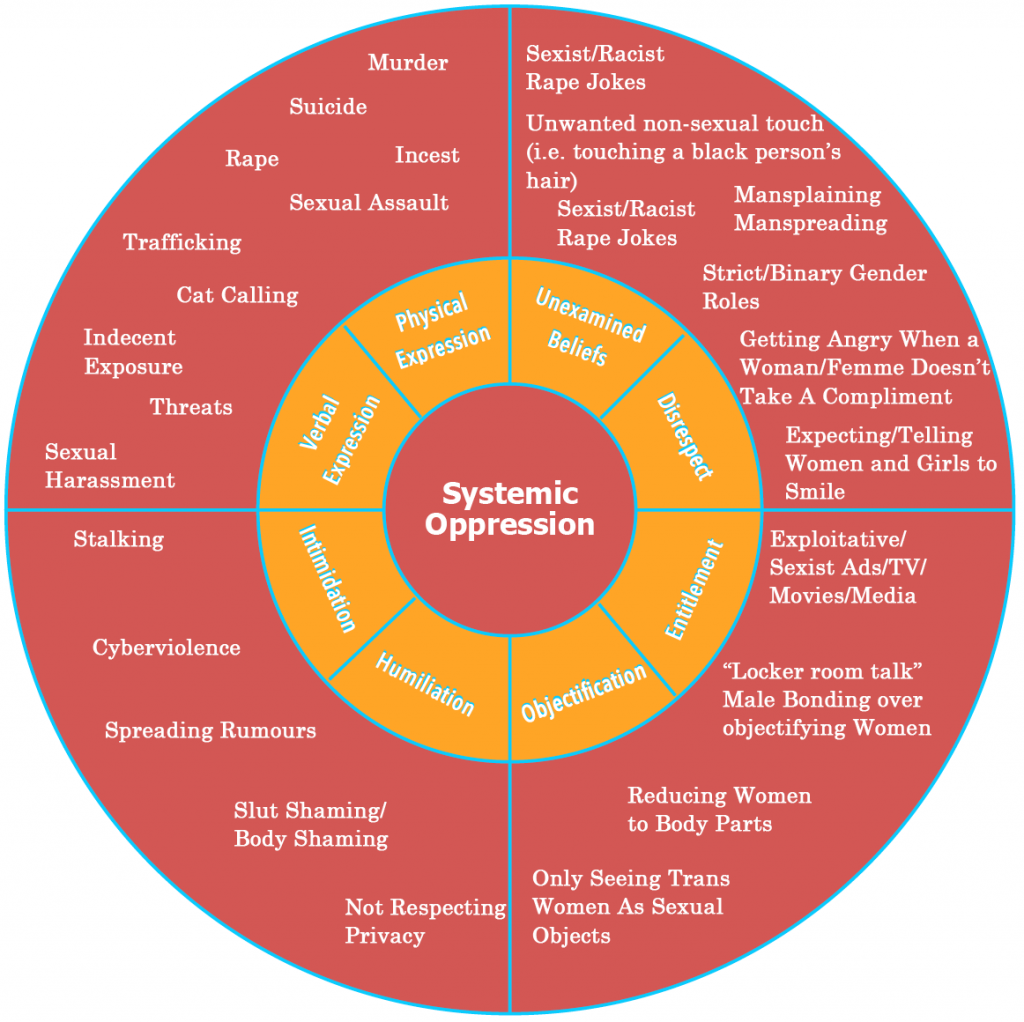
Explain to us what inspired you to get into this work?
Early on in my ‘helping professional’ career, I was exposed to some incredible and inspiring leaders within the Violence Against Women Sector. At that time, I was working in a social justice capacity, organizing events and campaigns. This provided exposure to a variety of social issues, and the grassroots feminist movement really stood out to me. There was something that spoke to me in a very visceral way during these campaigns, events, protests, and rallies. In hindsight, it’s clear that it was because of an alignment to my values and beliefs. It was these early experiences and mentoring relationships that set the foundation for my work going forward, and I still hold true to the underlying values and beliefs that the feminist movement taught me (and continues to teach me today). I value the contributions of these inspiring mentors and the brave people who have come before me in this work. I continue to take inspiration from the clients I serve; to bear witness to their resilience, strength and courage is such a privilege.
Sexual violence is a form of violence used to exert power and control over another person. It can include the following:
Can you explain a bit more about what sexual violence is?

*image taken from LearnRidge2022 supporting survivors of sexual violence Nova Scotia (learnridge.com)
What populations does it typically impact?
Sexual violence can happen to any person, any age, and of any gender. We do know, however, that women, trans folks and girls still continue to experience sexual violence disproportionately compared to that of other genders, with men disproportionately being the perpetrators of that violence. This means it is a gendered problem. We also know that Indigenous, Black, Brown, and racialized populations, as well as 2SLGBTQ+ folks are disproportionately impacted by sexual violence, with their experiences often being ignored and/or omitted.
The most common ages of those who experience sexual violence are those between the ages of 15-25, with 1 in 3 women experiencing sexual assault in their lifetime. Most sexual assaults are premeditated, involving planning, coercion, or threats, and are often facilitated by alcohol or drugs. Often perpetrators of sexual violence are known to the victim.
What are some myths that exist?
There are many myths surrounding sexual violence that are pervasive in society. It is important that we all take responsibility for this, and actively challenge the broader social climate and messaging about sexual violence. It is very much rooted in how we view women and girls in society.
The biggest myth, in my opinion, is that sexual violence is experienced equally across all genders. We really need to challenge this, as we can’t fix a problem if we can’t name it.
There are plenty of myths surrounding consent. For example, if someone dressed a certain way, acted a certain way, etc. ‘they asked for it’. Or, if someone was intoxicated, they just don’t remember that they ‘actually did consent’. Consent can only take place when someone is not intoxicated. It must be enthusiastic, ongoing, clear, and explicit.
Someone’s prior sexual history is often used to dismiss sexual assault disclosures. A person’s sexual history cannot be used as a factor to determine whether sexual violence took place.
There are myths that are used to dismiss disclosures of sexual violence, for example to state that the victim is lying or fabricating their disclosure. According to the research, we know that sexual assault is the most under-reported of all violent crimes. False reports are extremely rare, and they are no more common than false reports for any other type of crime (less than approx. 2%).
There are many reasons why a victim may choose not to disclose, including shame, self-blame, fear, questioning whether it was sexual violence, fear of not being believed, or to avoid having to talk about it.
It is important that we recognize that victims’ responses to sexual assault will vary. All responses are adaptive attempts to survive the trauma- both physically and emotionally. There is no ‘right way’ to experience trauma.
What supports and/or resources are available for those who have experienced violence in the Oxford Community?
Oxford Sexual Assault Services, located at the Oxford County Community Health Centre, is a good place to start. Counselling and psychotherapy is available, as well as wrap-around services. This program can be accessed directly, no referral necessary.
Domestic Abuse Services Oxford offers a 24/7 crisis and information helpline.
If someone has experienced a recent sexual assault and would like to explore evidence collection (with or without police involvement), medical follow-up (testing for sexually transmitted infections, pregnancy testing, etc.), the Regional Treatment Centre for Sexual and Domestic Violence at St. Joseph’s Hospital serves Oxford County.
What is one thing you’d want a survivor/victim to know?
You are believed, and what happened to you is not ok. It is not your fault.